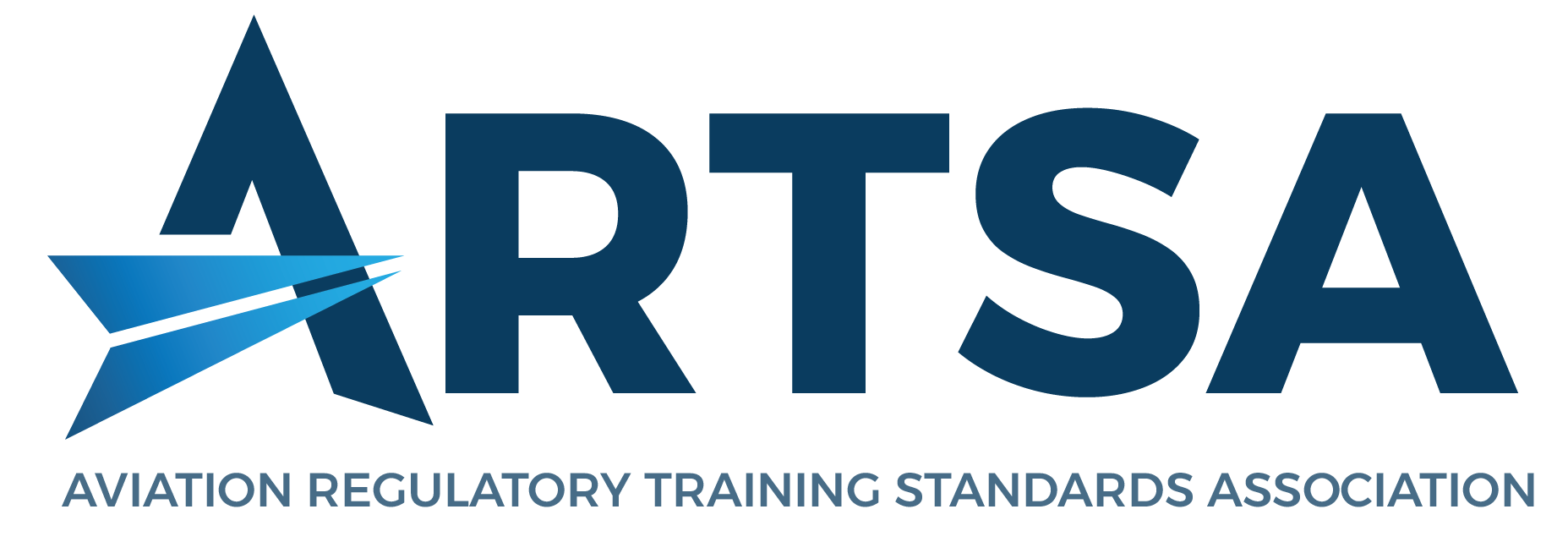
Aviation Regulatory Training Standards Association (ARTSA) www.artsa.aero considers CBTA (Competency-Based Training and Assessment) principles within the context of aviation regulatory training and involves an in-depth analysis of its core elements.
Introduction
CBTA principles in aviation regulatory training offer a robust framework for developing competent and well-prepared professionals.
While there are challenges in implementing these principles, the focus on practicality, relevance, and continuous improvement aligns well with the dynamic nature of the aviation industry.
Best practices should focus on regular updates, industry collaboration, and leveraging technology to maximize the effectiveness and efficiency of training programs.
CBTA elements focus on enhancing the training’s relevance, effectiveness, and alignment with the specific needs of the aviation industry. Let’s break down each of the key components:
Focus on Job Function: Function-Driven Methodology
- Strengths:
– Aligns training with real-world job functions, ensuring practical applicability.
– Enhances the relevance of training by focusing on specific tasks and responsibilities.
– Facilitates targeted skill development, making training more efficient.
- Challenges:
– Requires detailed knowledge of job functions which might vary widely across the industry.
– Needs constant updating to keep pace with evolving job roles and industry standards.
- Best Practices:
– Regularly conduct Training Needs Assessment (TNA) or Task Analysis (T/A) to stay updated.
– Involve industry subject matter experts (SME’s) in designing and updating training modules.
Specific Measurement of the Competency
- Strengths:
– Ensures that training outcomes are measurable and meet both regulatory and business requirements.
– Promotes accountability in training by setting clear performance standards.
- Challenges:
– Designing assessments that accurately measure complex competencies can be challenging.
– Balancing regulatory compliance with practical skill measurement.
- Best Practices:
– Develop assessments that are both rigorous and reflective of real-world scenarios.
– Regularly review and update assessment criteria to maintain their relevance and effectiveness.
Tailored Content
- Strengths:
– Customizes training to meet the specific needs of different job roles.
– Increases engagement by providing relevant and context-specific learning materials.
- Challenges:
– Time and resource-intensive to create and maintain tailored content for various roles.
– Risk of inconsistency in training quality and content across different modules.
- Best Practices:
– Collaborate with industry stakeholders to develop tailored content.
– Implement a robust quality control process to ensure consistency and relevance.
Continuous Assessment that Verifies Performance Standard
- Strengths:
– Provides ongoing feedback, allowing for real-time improvement and adjustment.
– Reinforces learning through regular application and evaluation.
- Challenges:
– Requires significant resources to monitor and assess performance continuously.
Risk of Assessment Fatigue Among Trainees
- Best Practices:
– Use a mix of formative and summative assessments to balance continuous evaluation with learner well-being.
– Leverage technology to streamline and automate parts of the assessment process.
CBTA Summary
CBTA’s core focus is on real-world job functions, ensuring the training is not only practical but also directly applicable to specific tasks within the industry. Key strengths of this approach include aligning training with practical job functions, measurable training outcomes, and tailored content specific to diverse job roles.
Next Steps
Join ARTSA.aero today and be part of a community dedicated to excellence in aviation training.
